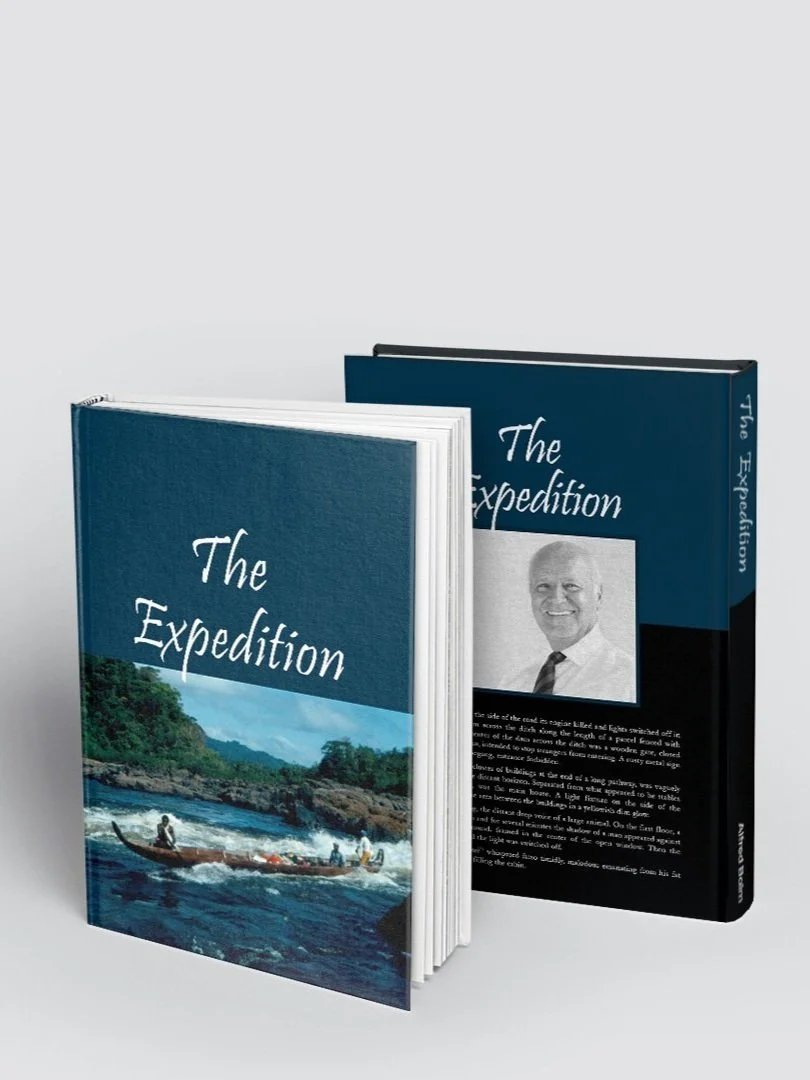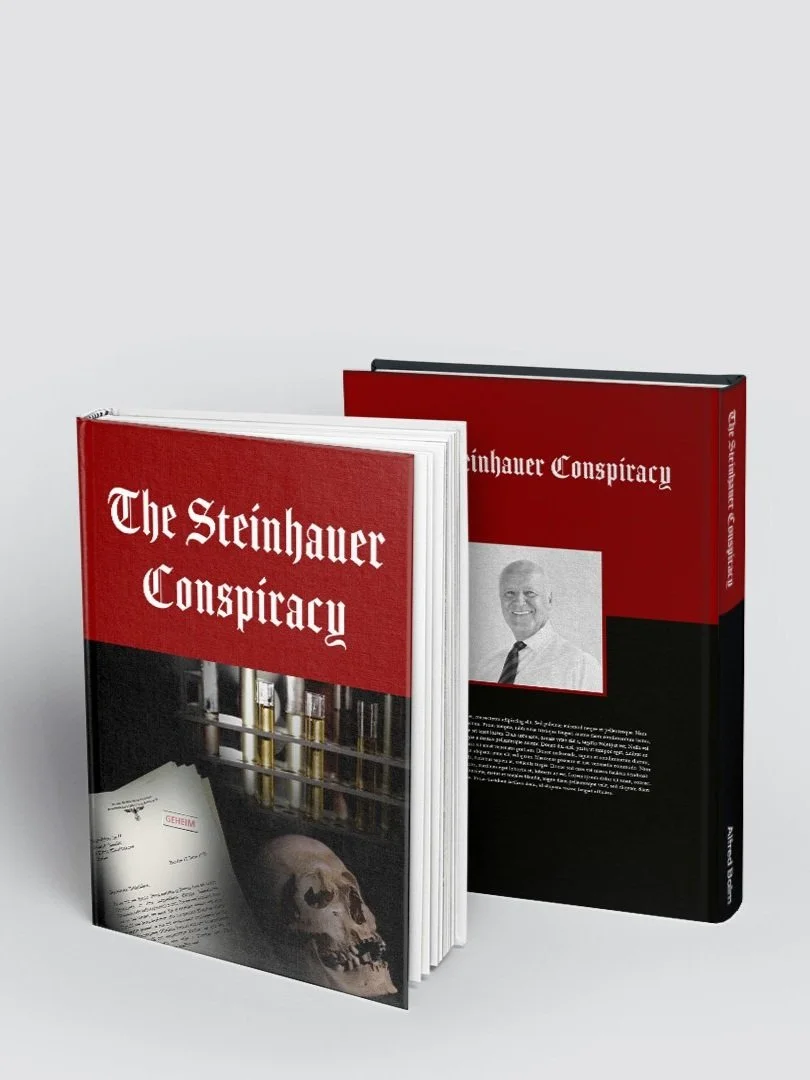
The Fake Rembrandt
Preview
In Amsterdam, across from the Lido Restaurant on the Leidse Plein, a busy entertainment square before the war, stood a narrow three-story, early eighteenth-century house, safely supported by adjacent buildings on both sides.
It was occupied by van Zanten, a violinist of the chamber orchestra. On the second floor, in the cozy living room overlooking the central park, sitting in comfortable leather chairs, appearing as old as the building, were six men. They were smoking pipes and cigars, creating a smoke screen that apparently bothered no one. The three-piece suits, golden chain pocket watches, and clean shaves or trimmed moustaches suggested the meeting was of great importance. There were several other men and women sitting on dining table chairs behind them. Among the six were the president of the municipal museum, David Roell, and his assistant conservator, Willem Sandberg, as well as the director of the Rijksmuseum; the minister of education, culture, and sciences, Gerrit Bolkestein; the president emeritus of the National Bank, Leo Trip; and members of the Rembrandt Society. Behind them were a lawyer, an architect, and two ladies, one of them an art historian. Bolkestein chaired the meeting.
“Ladies, gentlemen, it is clear by now that unless we are able to protect our most precious art objects, our country will be completely robbed of our cultural heritage. As long as Rosenberg and the Katz brothers are able to purchase paintings by the hundreds from Jewish families who have no choice but to sell under duress, with Rosenberg and Katz selling them at a profit but far below value to the Germans, the beast may be satisfied. As soon as those sources dry up, our museums will be plundered.”
“I have little respect for those art dealers, Minister, but are we not a bit too concerned? After all, one could hardly argue that there was no art history conscience in Germany,” commented a Rembrandt Society member.
“I agree, certainly from a historic perspective; however, since the Nazis gained power, there is not only a difference in determining what art is but also how to acquire it.”
Some smiled.
“Let us not forget the book burnings; works from great authors like Walter Benjamin, Bloch, Brecht, Einstein, Engels, and Freud all turned to ashes—self-destruction of a cultural heritage if ever there was one.”
“What about the Entartete Kunst exhibitions,” added Sandberg. “Degenerate art, according to the Nazis. My God, already in the midthirties they exhibited Chagall, Max Ernst, Kandinsky, Kirchner, Klee, Mondrian, and so many, many more as degenerate artists. By their standards, 70 to 80 percent of our municipal museum, De Stedelijk, would be burned.”
“That puts you at greater risk than others, Willem,” offered Trip. “What are you doing about it?”
“Rather what did we do about it, Mr. Trip?”
“The intentions of the Germans were no secret to me after I witnessed the horrors of the Spanish Civil War. We decided to build a huge bunker in the dunes near Castricum. We are safe for now and even accommodate several colleague museum and private collections—but safe for war damage, not robbery.”
“But even this large bunker has its limitations,” added Roell. “As far as I know, most collections have been transported to churches, schools, castles, and municipal buildings in the north of Holland, but that is, at best, a temporary solution.”
“Not that we were completely unprepared,” said Bolkestein. “Immediately after our capitulation, we took initiatives to protect our national art heritage. Castricum is in use, and soon we’ll have bunkers in the dunes of Zandvoort and Heemskerk as well.”
“A bit late, isn’t it?” remarked Trip.
“Yes, it is, but we hoped for the neutrality of our country, as in ’14 to ’18. The unprovoked aggression was not part of our views of the future, regrettable but true.”
“What is—” started one of them, but he was interrupted by a deafening noise, an uninterrupted, high-pitched howling, rising and falling and lasting for a few minutes. It was blaring from sirens on top of the Lido restaurant.
Then they fell silent.
A few pedestrians on the square started running. German soldiers took cover, diving into the bunkers on the corners. A lady threw her bicycle down and ran to the nearest portico for cover.
Silence ... maybe for five or ten minutes.
Then came the ear-splitting salvos from antiaircraft artillery positioned on the four corners of Vondel Park on the other side of the canal, running along the side of the restaurant. A formation of Allied bombers flew over, quite high, but the heavy engines were clearly audible. Unperturbed, they maintained formation and disappeared north in the direction of the central train station and the harbor. Another ten minutes and the sirens howled a long, high-pitched message—all clear.
The group was used to similar scares every time the formations of Lancasters and Flying Fortresses flew over on their way to bomb Germany, so the meeting continued.
“What I meant to say is, what about Rembrandt’s Night Watch?” one of the society members wanted to know.
“That, ladies and gentlemen,” the minister answered, “is why we are here today.”
“Mr. Balm grabs you from the very first chapter and takes you on a riveting ride. He details the perilous plan of the Dutch Resistance and the German Rote Kapelle during WWII as they attempt to pull off a miraculous feat in order to save Rembrandt’s masterpiece “The Nightwatch” from the Nazis. The elaborate operation included stealing uniforms and equipment from the Germans, reconstructing military vehicles, cultural and lingual immersion, forging documents, etc. It was an amazingly complex orchestration of events all in order to smuggle a talented artist [and his wife] from concentration camps so the masterpiece could be copied and switched out for the original. The author keeps the pace moving with deft literary chiaroscuro, which adds to the tension and anticipation. This well-done piece is a testament of the human spirit with enduring faith and heroism. A perfect example of what can be achieved when people dream big enough and work together for the goal of peace.”





